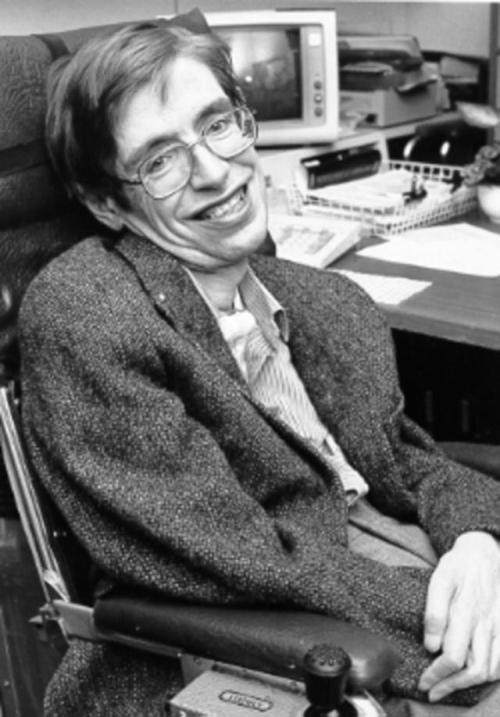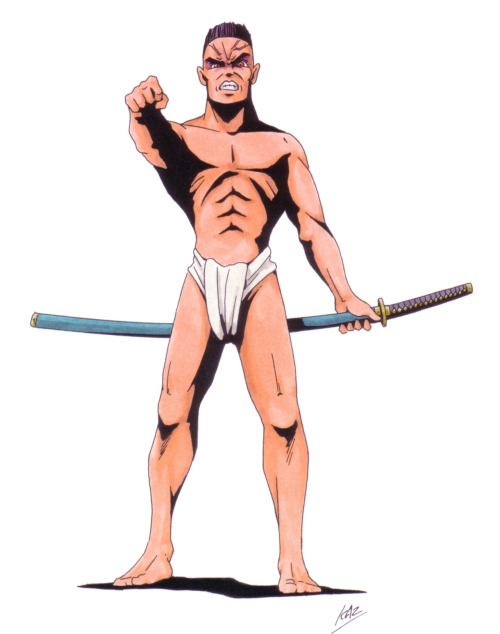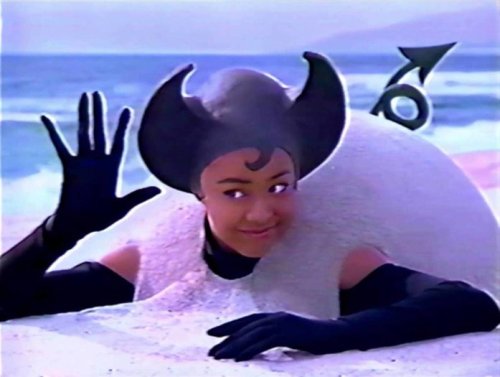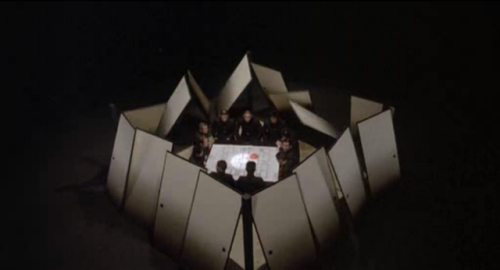#yukio mishima
—Anne Fernihough, “Introduction,” The Rainbow by D. H. Lawrence (Penguin, 1995)
I didn’t have room to quote the above in my essay, just published yesterday, on Lawrence’s The Rainbow, but you can take it as my epigraph. In my treatment of the subject, I first suggest that a paradigmatic female modernist like Woolf, insofar as she was a modernist, was no less a partner in this “suppression…of political movements” (and the same goes for Stein, Barnes, Moore, Loy, and more, to varying degrees all non-leftists or even in some cases rightists). Then I go so far as to defend the instinct that won out here: the higher politics of the aesthetic over the low politics of mass movements with their designs on state power. Needless to say, this is a very timely prior instance of the same decoupling of bohemian from activist, of aesthetics from militancy, that we see today.
Speaking of all that, while mainstream elite culture is having a D. H. Lawrence moment, I’m surprised he’s not more present in the online extremist countercultures. He has that same Mishima quality, anticipating extremely-online male social outcasts, of being somehow perfectly poised between trans and Nazi, now dipping toward one side, now to the other, but somehow always keeping a precarious balance, in the art if not the life, the would-be mail-fisted fascist as tremulous adolescent girl. I think of how John Carey, in his roll-call of modernist fascism The Intellectuals and the Masses, pauses to exonerate Lawrence of his more troubling tendencies on the grounds that he was, in the end, just a sensitive soul who read Neech too early:
It must be stressed that Lawrence, for all his Nietzschean debts, was not like Nietzsche. The range and subtlety of his imagination went far beyond Nietzsche’s. The Nietzschean warrior ideal, and countenancing of cruelty, could only have seemed disgusting to Lawrence, who turns his characters not into warriors but into flowers. […] To cite such passages—and there are hundreds of them in Lawrence—and to contemplate the impossibility of Nietzsche having written them, is not just to emphasize that Lawrence was a poet and that Nietzsche was in some respects a desperately restricted and unfulfilled human being. It is also to contend that, for Lawrence, the stance of natural aristocrat, with its presuppositions of isolation and alienation, was adverse to all the promptings of his sympathetic imagination, which taught him to fuse and integrate.
The Rainbow is too long, but someone please make the NEETs read “Medlars and Sorb Apples” or “The Prussian Officer” at least. (Why does Mishima get all the attention? Strange that even fringe culture is dominated by the annoying presumption that if it’s translated it must be better.) In my essay I quote this passage from The Rainbow:
She never felt sorry for what she had done, she never forgave those who had made her guilty. If he had said to her, “Why, Ursula, did you trample my carefully-made bed?” that would have hurt her to the quick, and she would have done anything for him. But she was always tormented by the unreality of outside things. The earth was to walk on. Why must she avoid a certain patch, just because it was called a seed-bed? It was the earth to walk on. This was her instinctive assumption.
Here is my official comment, perhaps too Bloomian in its excited swoop through the canon:
Here we remember that Lawrence is the Englishman who put the gnostic-individualist literature of American Romanticism on modernism’s map. Ursula might be the daughter of Hester Prynne and Captain Ahab, her adventures chronicled by a prose Whitman.
My unofficial comment is that this is possibly my favorite paragraph from the novel because it expresses (I confess!) exactly how I felt as a child.
Post link
“Avevo paura di stare da solo. Ora ho paura di avere le persone sbagliate al mio fianco.”— Yukio Mishima
Grammar Breakdown:
Avevo - I used to have (lit.)
in this case the expression “avere paura”, to be afraid, is in the indicative imperfect. Indicative imperfect can be thought of as a type of past tense, to use for things that perhaps used to happen for a period of time.
- “I used to be afraid of being alone”
Ho paura di avere.. - I am afraid of having…
Again using the expression “avere paura di xyz”, to have fear of/to be afraid of xyz. This time, it is in the present sense, using “ho” for “I have”.
The formula verb + preposition + infinitive is common in Italian, and it’s important to know which prepositions (di/a/etc) go with which verbs. Useful website here.
Al mio fianco - at my side (lit.)
Although I have translated the expression literally, it would be better in English to translate it as “by my side”
Le persone sbagliate - the wrong people
Notice that these words are all in the feminine plural by the e at the end. The plural of persona is persone, hence le is the definite article, and the adjective (sbagliate) also needs to agree.
- “Now I am afraid of having the wrong people by my side”








I’m sitting in a broken down delivery truck, waiting for a tow, looking at pictures of some of my books, and wanting to be home
KANEKO’S CRIB NOTES XXV:THE HUMAN ELEMENT
Esoteric alchemical illustrations and ancient art aren’t the only inspiration for the ol’ creative spark here at KCC. Kaneko has been known to occasionally look to the wide world of contemporary pop-culture for inspiration, as is perhaps appropriate to the primarily modern setting of the series. With that in mind, it’s time to take account of some of the real (or nominally real) life figures that have left their mark on the vast design catalogue over the years.
- BUTCHER:The mononymous “Butcher” offers a fairly literal take on the moniker of one-time wrestling extraordinaire Abdullah the Butcher, depicted here as a sort of crazed Messian executioner, title belt prominently displayed.
- NEMISSA:Nemissa is nothing short of a dead-ringer for Marianne Faithfull as she appears in the 1968 cult classic The Girl on a Motorcylce,sporting the iconic leather jacket/jumpsuit combo. This one is almost especially egregious save for the inclusion of some nominally stylish bell-bottoms on part of the former.
- STEPHEN:Resident science symbol and long-time demon fenangler Stephen is, of course, a supremely unsubtle nod to the acclaimed theoretical physicist of the same name. While the concept art itself doesn’t make for the best likeness, his in-game sprite is a bit more forward.
- GOTOU:The head honcho of the early Gaean faction is a none-too thinly veiled stand-in for renowned author and nationalist icon Yukio Mishima, both pictured above with rippling bod™ and tasteful fundoshi in tow. Like Stephen, his role in the narrative is at least partially informed by the character of his real-life counterpart.
- ALP:This iconic spirit of German folklore is largely inspired by the mascot of a short-lived ad campaign for Calpis Water that premiered during the early 90′s, starring actress Goto Kumiko as some sort of thirsty devil hell-bent on burglarizing parched civilians in search of the lightly flavored beverage, only to be foiled at the last minute by the various and cruel machinations of both fate and primitive green-screen technology.
Big props once again to dijeh for the scoop on Alp’s inspiration via his translation series and to turnipfritters for the hot tip on Nemissa! (KCN never forgets)
Post link

1985, Directed by Paul Schrader
A joint venture by producers George Lucas and Francis Ford Coppola would never look like this were it not helmed by Paul Schrader, a writer and director whose various works comprise a kind of shrine to the outré, the peculiar, and the despairing. The Schrader/Harold Pinter collaboration for The Kindness of Strangers, along with Schrader’s screenplays for Obsession and Taxi Driver, are prominent elements in the oeuvre, but this highly stylized biography of Japanese novelist and playwright Yukio Mishima is actually a shrine.

That may be because Schrader sees in Mishima’s brooding, odd works the expression of a kindred spirit, but also because he finds a sense of inevitability in the novelist’s life. Schrader is not vaguely interested in explanations, but focuses instead on presentation. Eiko Ishioka’s fantastic sets, John Bailey’s stunning cinematography, and a transcendent score by Philip Glass render a dreamlike scenario that at times seems less motion picture than multimedia installation.

Flashback narration (by Roy Scheider) linking the so-called four chapters of Mishima’s career provides an apt metaphorical device, because it’s impossible to distinguish portions of Mishima’s novels from moments in his real life. This formal style seems influenced by (if not derived from) Peter Greenaway’s films of the same period, so don’t go into this expecting a standard biopic.
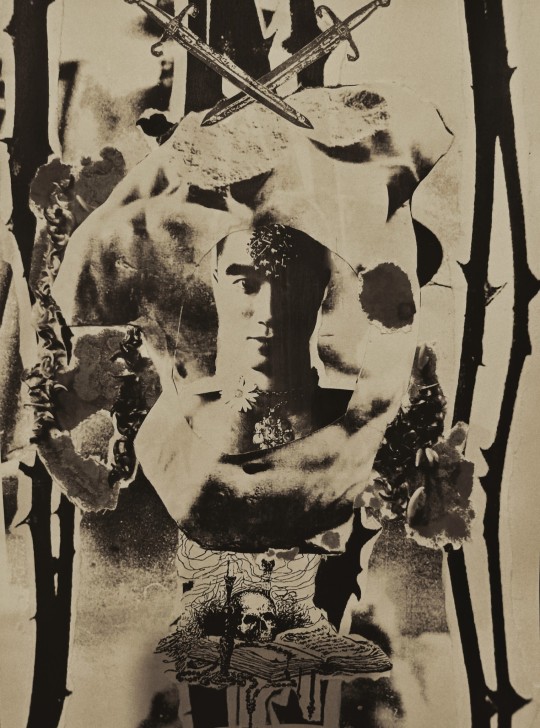
„Perfect purity is possible if you turn your life into a line of poetry written with a splash of blood.“









